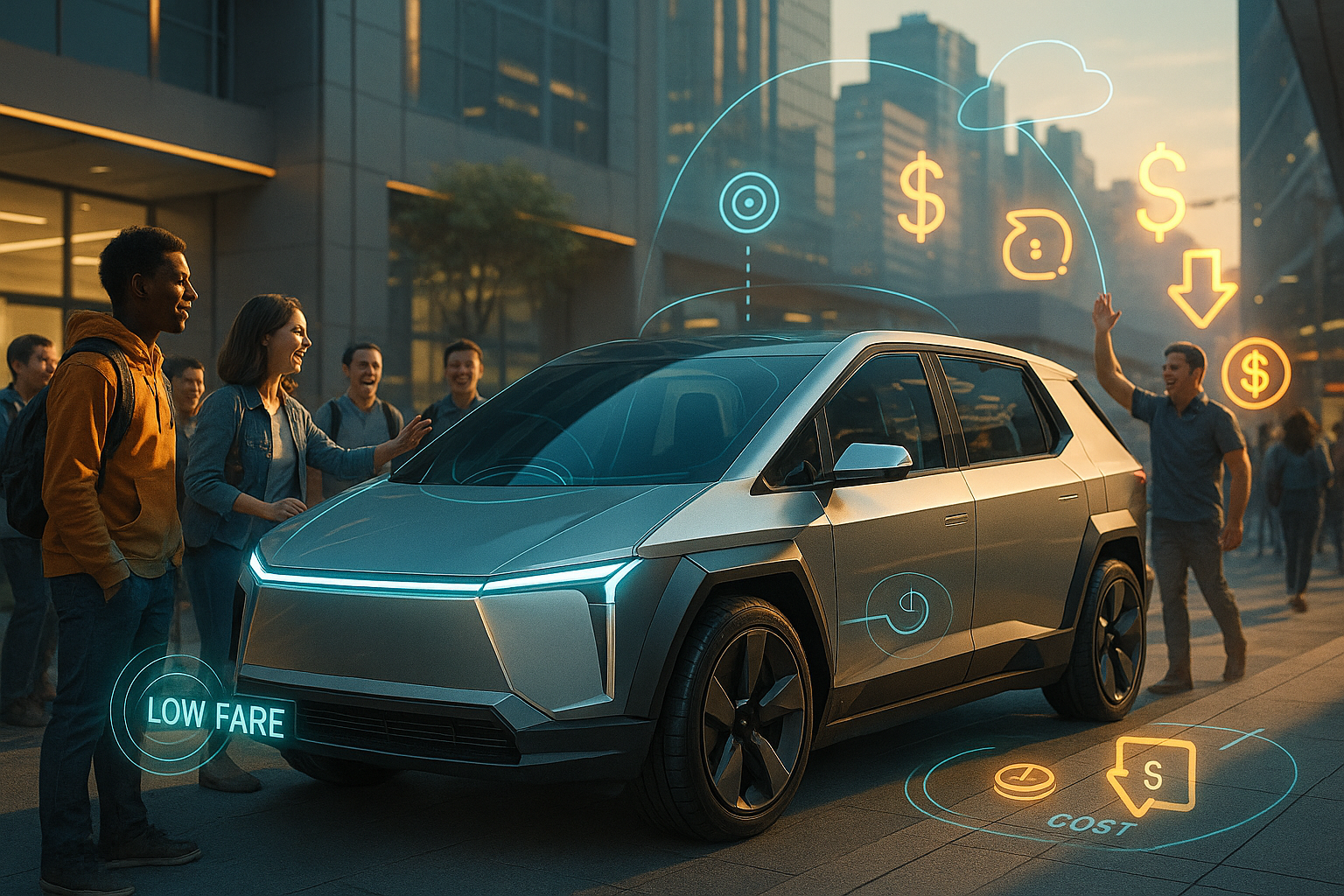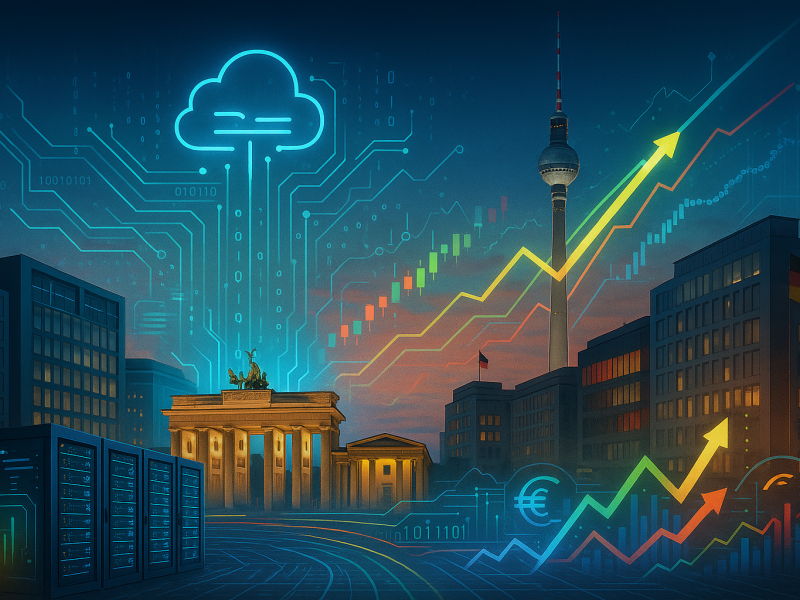When Tesla first unveiled the idea of the Cybercab, many dismissed it as another futuristic concept destined to live only in Elon Musk’s imagination. But if you look closely, the Cybercab might just be the missing piece in Tesla’s long-standing goal to make electric vehicles truly affordable for the masses. Beyond its autonomous ambitions, this next-gen vehicle could reshape not just how we drive—but how we think about car ownership altogether.
The Real Mission Behind the Cybercab
Tesla’s mission has always been about accelerating the world’s transition to sustainable energy. But there’s been a catch: even the cheapest Tesla is still out of reach for many buyers. Enter the Cybercab. This fully autonomous electric taxi isn’t just about flashy tech—it’s about cracking the code on a cheaper, mass market Tesla EV.
By building a vehicle designed for sharing, Tesla can drive down per-mile ownership costs dramatically. Think of it like the difference between buying your own jet and booking a seat on one. The Cybercab model shifts the economics of EV ownership from individual expense to shared accessibility, potentially lowering costs across the board.
Autonomy: The Hidden Cost Saver
The key to the Cybercab’s affordability lies in autonomy. Tesla’s Full Self-Driving (FSD) technology—once fully operational—could turn idle cars into income-generating machines. A Cybercab can work 20 hours a day, seven days a week, ferrying passengers without human intervention. That efficiency spreads the high cost of the vehicle across countless rides, making each one cheaper for riders and more profitable for Tesla.
For Tesla, the Cybercab isn’t just a product—it’s a platform. Much like how the iPhone launched an app economy, the Cybercab could create a mobility economy, where the cost of travel decreases as utilization increases.
Simplified Design, Lower Manufacturing Costs
Tesla’s design philosophy has evolved with every generation, but the Cybercab pushes it even further. The vehicle is expected to be built using the company’s latest “unboxed” manufacturing process—a modular approach that drastically reduces the number of parts and assembly steps. This means fewer components, less labor, and lower costs.
Combine that with Tesla’s in-house battery production and streamlined supply chain, and you start to see the math working in favor of a truly cheaper, mass market Tesla EV. While traditional automakers struggle with legacy production lines, Tesla’s vertical integration could give it an unmatched edge in cost efficiency.
Redefining Ownership: From Buying to Booking
The Cybercab also represents a philosophical shift in car ownership. For most people, cars sit unused 90% of the time, depreciating in value while taking up space. Tesla’s autonomous fleet flips that equation. Instead of owning a depreciating asset, consumers could summon a Cybercab on demand—convenient, clean, and cost-effective.
And if Tesla allows individual owners to add their vehicles to the Cybercab network, as Musk has suggested, it could become a passive income stream for EV owners. Suddenly, a Tesla isn’t just a car—it’s an investment vehicle in every sense.
Mass Market Doesn’t Mean Minimal Innovation
Affordability often comes at the expense of innovation—but Tesla doesn’t play by those rules. Even a cheaper Tesla will likely retain cutting-edge software, constant over-the-air updates, and an integrated user experience that traditional automakers can’t match. The Cybercab, then, isn’t just another low-cost model—it’s a reimagined business model.
By leveraging autonomy, AI, and economies of scale, Tesla could achieve what no car company has managed before: a mass market EV that’s both profitable and accessible.
Potential Challenges on the Road Ahead
Of course, this vision isn’t without its hurdles. Regulatory approvals for full autonomy are still a work in progress, and public trust in self-driving technology remains cautious. The infrastructure needed to support a widespread Cybercab network—charging stations, maintenance hubs, fleet management systems—also requires significant investment.
Then there’s competition. Companies like Waymo, Cruise, and even traditional automakers are racing to develop autonomous fleets of their own. But Tesla’s advantage lies in its data. With billions of real-world driving miles logged daily, its AI systems are years ahead in learning from real-world scenarios.
Why the Cybercab Could Be the Game-Changer
At its core, the Cybercab isn’t just a new vehicle; it’s Tesla’s boldest experiment in making electric mobility universal. If successful, it could transform urban transportation, slash emissions, and finally make EVs mainstream—not just for the affluent, but for everyone.
This isn’t about replacing drivers—it’s about replacing inefficiency. It’s about redefining what it means to move from point A to point B in a world that values sustainability and accessibility equally.
A Vision That’s Getting Closer
Tesla’s upcoming factory expansions, including those in Texas and Mexico, suggest that large-scale, cost-effective production is on the horizon. Combine that with the company’s mastery of software-driven innovation, and the Cybercab starts to look less like science fiction and more like the next logical step.
If Tesla can deliver on this promise, the Cybercab could do more than crack the code on a cheaper, mass market Tesla EV—it could rewrite the entire codebase of the automotive industry.


